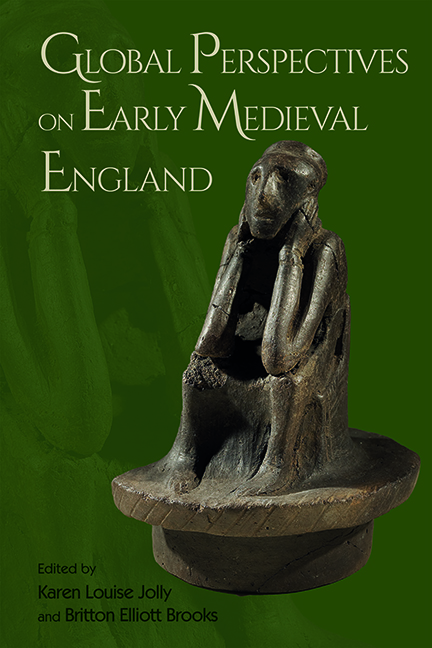Chapter 1 - The Global Triumph of Bread Wheat: The Role of Early Medieval England
Published online by Cambridge University Press: 26 May 2022
Summary
THE GLOBAL triumph of bread wheat is a phenomenon that is, in a sense, too big to see, so total that most people in the modern world are not even aware of it. In the twenty-first century, travellers from Europe and North America can take it for granted that, almost anywhere they go in the world, bread will be available, and not just any old bread, but the kind they are familiar with: light, white bread, raised with yeast and made from bread wheat (Triticum aestivum L., Aestivum group). This kind of bread is now so ubiquitous that any other kind has to be specified as ‘spelt bread’, for example, or ‘flat bread’, and the type of wheat it is made from is called bread wheat, so closely are the two identified. Its alternative name, ‘common wheat’, derives from its status as by far the most common of the wheats at the present time, and for centuries past. All this is well known to many, but our representative European or North American traveller is unlikely to think about how this situation came into being. How is it that a crop originating in a relatively small area of the eastern Mediterranean became the second or third most abundant crop in the world today, grown on every continent except Antarctica, and consumed even more widely?
This paper examines one episode in the story of bread wheat's global triumph, the episode that took place in England in the early Middle Ages. It will argue that this apparently minor episode, taking place on a small island off Europe within a few hundred years, was in fact a crucial turning point in the spread of bread wheat, and with it wheat bread, throughout the world. Medieval England became a repository, as it were, of Mediterranean dietary preferences, which were then disseminated across the world by British colonial activities in the early modern period.
But first, we shall take a look at the wider picture, and the longue durée of cereal globalization. In doing so, I draw upon the work of a recent research project at the Archaeology Department in the University of Cambridge, ‘Food Globalisation in Prehistory’, directed by Professor Martin Jones.
- Type
- Chapter
- Information
- Global Perspectives on Early Medieval England , pp. 19 - 33Publisher: Boydell & BrewerPrint publication year: 2022



